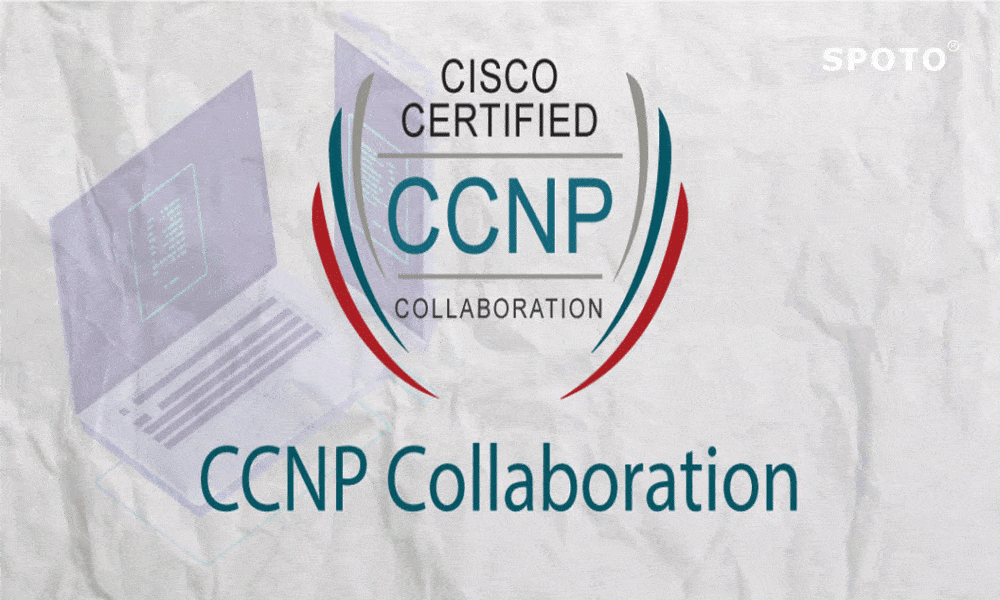-
- CCNP collabortaion solutions
- SPOTO Club
- 2024-01-18
Before accepting CCNP interview questions, candidates must know that CCNP is considered a changing area and requires candidates and professionals to upgrade their skills and new functions and knowledge to accommodate those jobs that will be associated with CCNP collaboration. CCNP interview questions are essential for evaluating a candidate's expertise in advanced networking concepts. To assess a potential CCNP's skills, interviewers often delve into topics like routing protocols, including OSPF and EIGRP, and their administrative distance. Questions may also cover IP addressing, subnet masks, and multicast addresses, gauging candidates' knowledge of IP fundamentals. Additionally, candidates may be quizzed on their grasp of route summarization, external routes, and the use of static routes in network management. These questions help employers identify candidates who possess the in-depth knowledge and practical understanding required for effective network management, making them a crucial part of the CCNP interview process. Here are some CCNP interview questions and answers that can help you find all the solutions that are often asked in upcoming CCNP interviews. You also need to go through some expert training, you can get it at SPOTO. CCNP interview questions and answers Q 1: describe why postal addresses and phone numbers are routable. A 1: postal addresses have three components that can be used to deliver mail: state, city, and street. The telephone number has an area code and exchange. At the core level, mail can be distributed to subsequent post offices, which are based only on state or city and state information. The telephone number will be transmitted at the core layer according to the area code. Q2: what is the reason for the default route? A 2: if there is no specific entry in the routing table of the destination, the default route is used. Q 3: distinguish routing from switching. A 3: routing moves letters or phone calls to the access layer, such as streets or telephone exchanges. The switch will be for final delivery. Switching decisions are unused parts of the route, such as the last four digits of a street number or phone number. Q4: how do I use a hierarchical routing structure to implement a scalable transport system? A4: if the delivery system is not divided into access, distribution, and core layers, each point in the system needs to maintain every possible target address to make delivery decisions. The use of hierarchical systems means that each layer only needs to pass the information needed to the next layer (above or below). Q5: what is considered an access, distribution and core component of a postal address? A 5: Street names and numbers are considered access layer components. The city name is regarded as a distribution layer component. The status name will be treated as a core layer component. Q6: What is the main purpose of the area of OSPFv2? A 6: the router network is distributed to the area that will be connected to the backbone area. These areas can help you provide performance and easily handle large networks. Q 7: what is mentioned by the router type in OSPF. A 7: internal routers, ABR and ASBR are various types of routers in OSPF. Q8: What is the purpose of the WEIGHT attribute of OSPF? There are no properties such as WEIGHT A8: OSPF. CCNP collaboration conclusion: now, when you interview a basic list of questions and answers through CCNP collaboration, you need to know more questions and answers, and if you attend training, you will be able to do this with the courses offered by SPOTO. SPOTO is considered to be a variety of IT related certification one-stop store, can be guaranteed. Many experts at SPOTO, have completed these courses and will provide you with updated materials, which is very helpful in removing any Cisco related certifications. Therefore, select SPOTO and obtain the required certification.
